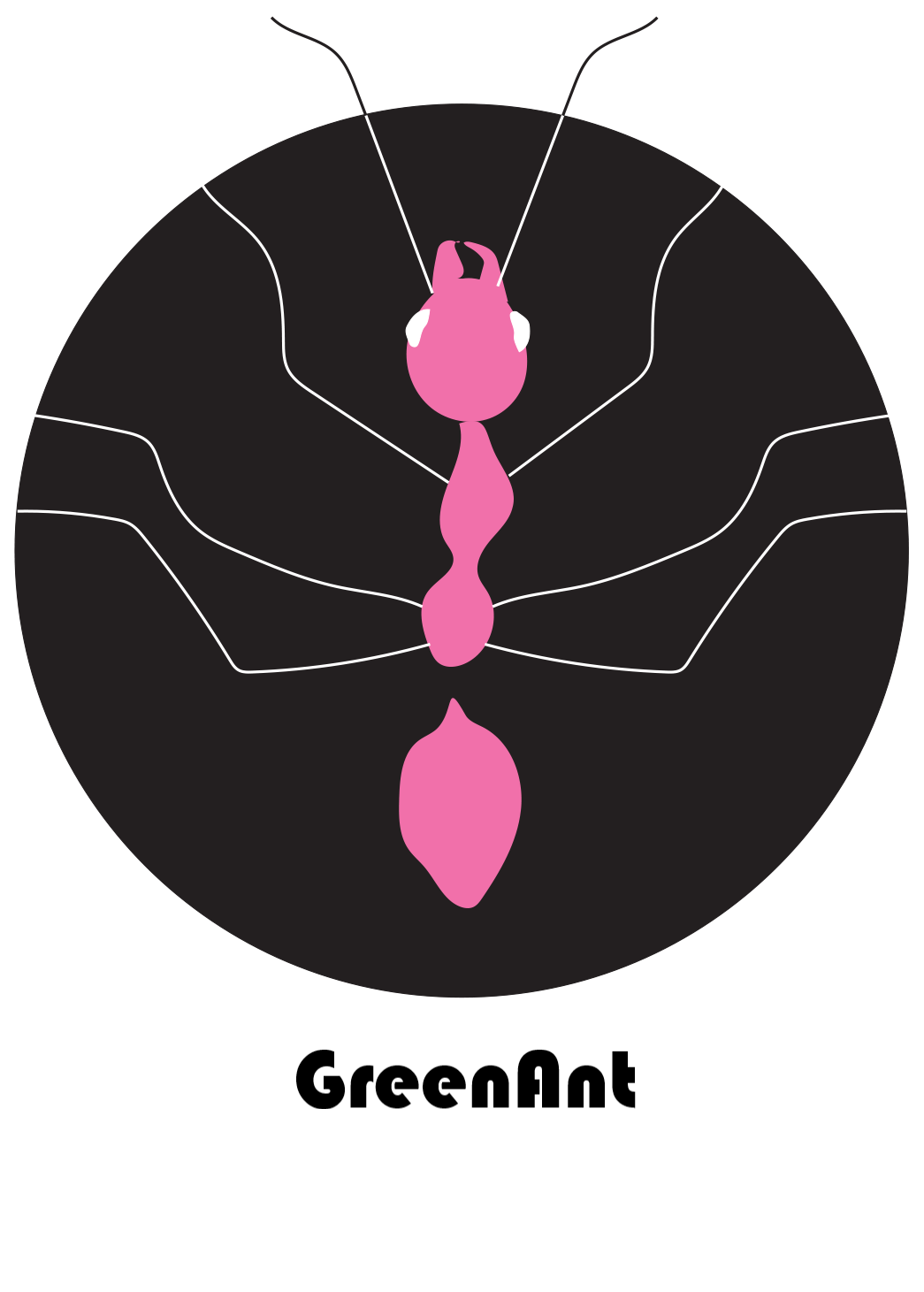Our Work
At GreenAnt, we’ve developed a tool that analyzes radar data from Sentinel-1 and Sentinel-2 satellites. We use this tool, which we’ve named Desidera, to produce data-backed land insights that bolster climate resilience. Never heard of radar data? Unlike optical data, which are generated through satellite-captured images, radar data are collected through signal pulses that satellites send to the ground. This is a critical difference, as these radar signals cut through physical barriers—such as cloud coverage—that can impede the collection of optical data. (In other words, a satellite photo can’t tell you much if it’s taken on a cloudy day; the land will be too obscured by clouds.)

Optical Data

Radar Data
The two pictures above depict the same island of Sumatra, Indonesia, captured with optical data (left) and radar data (right). For regions like Southeast Asia that are often cloudy, analysis of optical data ranges from being difficult to being impossible. By contrast, radar data provides a crystal clear picture regardless of cloud coverage.


Radar Data
Optical Data
Not only is radar data more reliable than optical data, it’s also more nuanced. Radar signals can tell us much more about a given area of land than a picture can. The two photos above demonstrate how radar data processed by GreenAnt’s proprietary SarSentry software (left) and optical data analysis (right) measure deforestation in Suriname. Radar data can identify varying levels of forest degradation, in addition to deforestation, because they penetrate through tree coverage and measure when biomass has been cleared on the ground below. By contrast, optical data can only tell us the latter; they only recognize when trees have been completely cleared away from an area, and as such, they can only tell us part of the story.
Beyond just deforestation and forest degradation, radar data can tell us about a suite of other indicators, including the temperature of soil and the size of biomass on the ground.
This is where GreenAnt comes in.
We’ve built a comprehensive, sophisticated software that processes and analyzes these radar data to produce extensive, detailed, and immediately relevant insights about land and climates anywhere in the world. Take soil temperature, for example: Our tool can use these data to model the quantity of ground water in a given plot of land. With this kind of capability, we can provide a suite of highly valuable insights—everything from projected crop yields to flood and other climate-related risk assessments, to carbon storage capacity estimates, and so much more.
We’ve integrated our software into an accessible, interactive platform that we’re calling Desidera. Our platform is complete with an AI chatbot that can deliver our tool’s outputs to users in easy-to-understand language. The implications of having access to such information are immensely consequential. This is especially true for small-holder farmers, who often don’t have resources to obtain or translate raw data into actionable insights.
Desidera is accessible via subscription. Learn more about our subscription options here or click below to visit Desidera:
